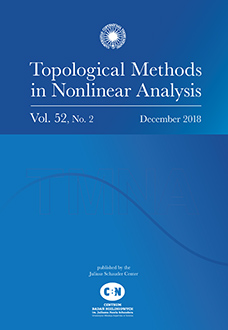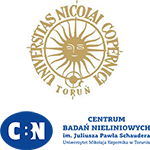Abstract
The method of invariant manifolds, now called the Hadamard-Perron Theorem, was originally developed by Lyapunov, Hadamard and Perron for time-independent maps and differential equations at a hyperbolic fixed point. It was then extended from hyperbolic to non-hyperbolic systems, from time-independent and finite-dimensional to time-dependent and infinite-dimensional equations. The generalization of an invariant manifold for a discrete dynamical system (mapping) to a time-variant difference equation is called an invariant fiber bundle. While in the hyperbolic case the smoothness of the invariant fiber bundles is easily obtained with the contraction principle, in the non-hyperbolic situation the smoothness depends on a spectral gap condition, is subtle to prove and proofs were given under various assumptions by basically three different approaches, so far: (1) A lemma of Henry, (2) the fiber-contraction theorem, or (3) fixed point theorems for scales of embedded Banach spaces.
In this paper we present a new self-contained and basic proof of the smoothness of invariant fiber bundles which relies only on Banach's fixed point theorem. Our result extends previous versions of the Hadamard-Perron Theorem and generalizes it to the time-dependent, not necessarily hyperbolic, infinite-dimensional, non-invertible and parameter-dependent case. Moreover, we show by an example that our gap-condition is sharp.
Citation
Christian Pötzsche. Stefan Siegmund. "$C^{m}$-smoothness of invariant fiber bundles." Topol. Methods Nonlinear Anal. 24 (1) 107 - 145, 2004.
Information





